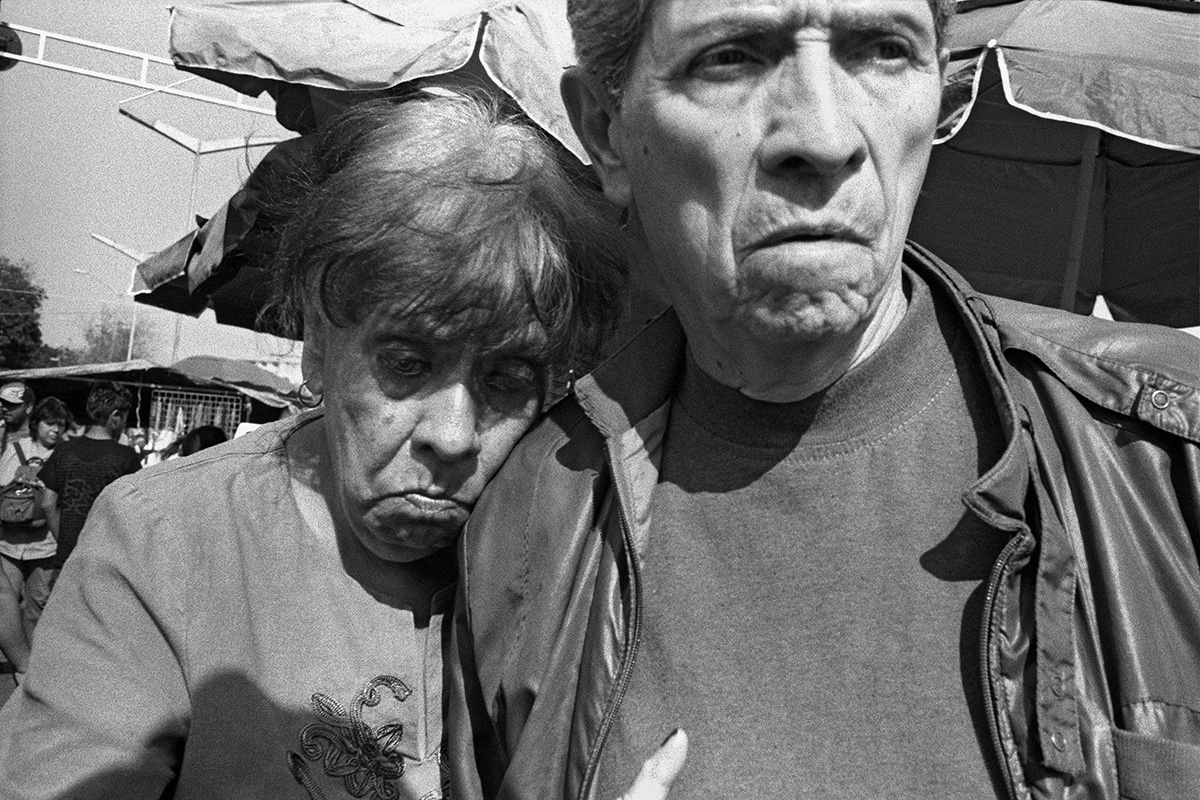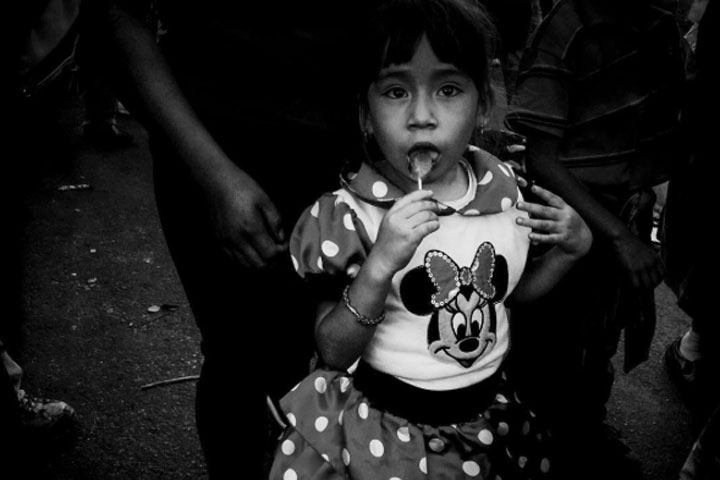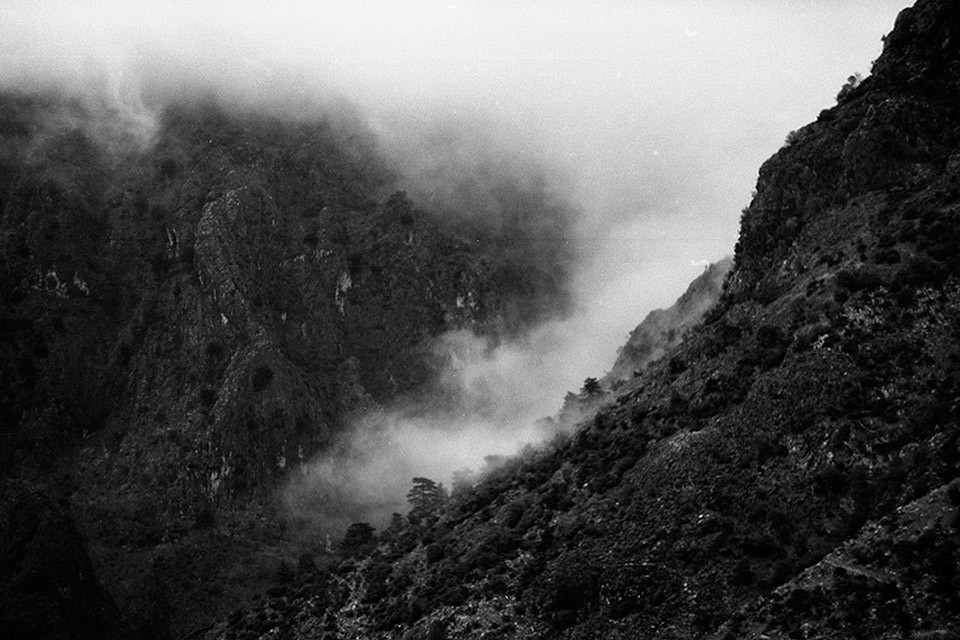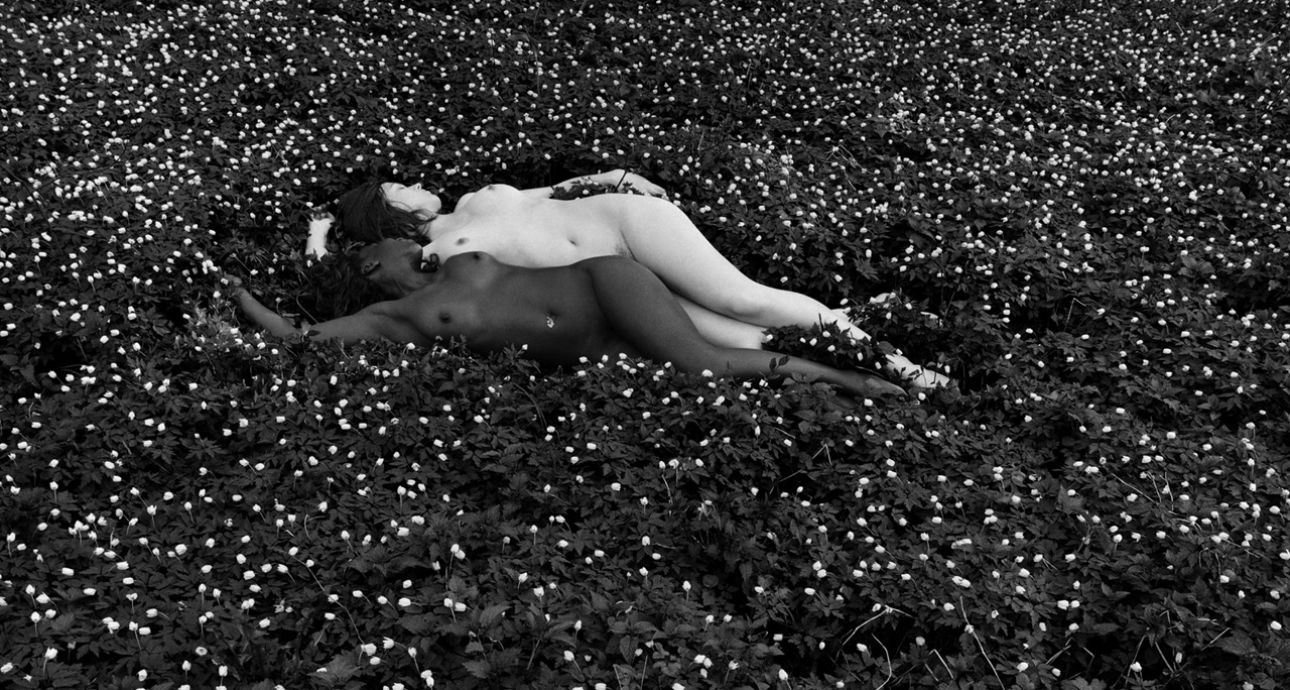
Mexican Photographer Flor Garduño on How She Turns Her Dreams into Photographs
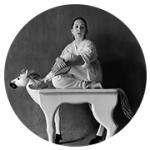
Photographer, artist. Lives in Mexico and Switzerland. Studied at the Academy of San Carlos. Worked together with Kati Horna and Manuel Álvarez Bravo. Winner of Kodak Awards, held over 30 solo exhibitions in Mexico, Italy, US, and France. Her works are part of the collections in the NYC Museum of Modern Art, the Art Institute of Chicago, the Museum of Fine Arts in Houston, the National Library of France, the Museum Ludwig in Cologne, and many others.
On Dreams and Wishes
We dream about something that we lack in real life, with the help of dreams we compensate for some shortcomings. Many of my photographs are dream-themed, I often make dreams real. For example, I once dreamt of black tulips. I grew them in my garden myself and took a picture of them. Other things that influence my photographs are the environment and people I meet in the street and during travels.
Why don’t I take color photographs? Because my dreams are black-and-white.
Sometimes, I just see a photograph in my dream and I know I have to take it. Sometimes it is just separate images. It seems to me that dreams in general represent our wishes. When I sincerely wish for something, it reflects in my dreams. And if you have a strong wish for anything, it will come true. One time I was visiting my friend in Mexico, and I realized that I wanted to take a photograph of a pregnant Black woman. The thing is that there are no black people in Mexico. I told my friend about it, and the next day she went to the market, she met a tall, beautiful African American woman there, who also happened to be pregnant. My friend told her about me and talked her into modeling for me. After this, my friend calls me a witch.
I sometimes have nightmares. Such dreams are useful — they signal about problems that I need to work on. But I don’t reflect them in my works, because it won’t make the problem go away.


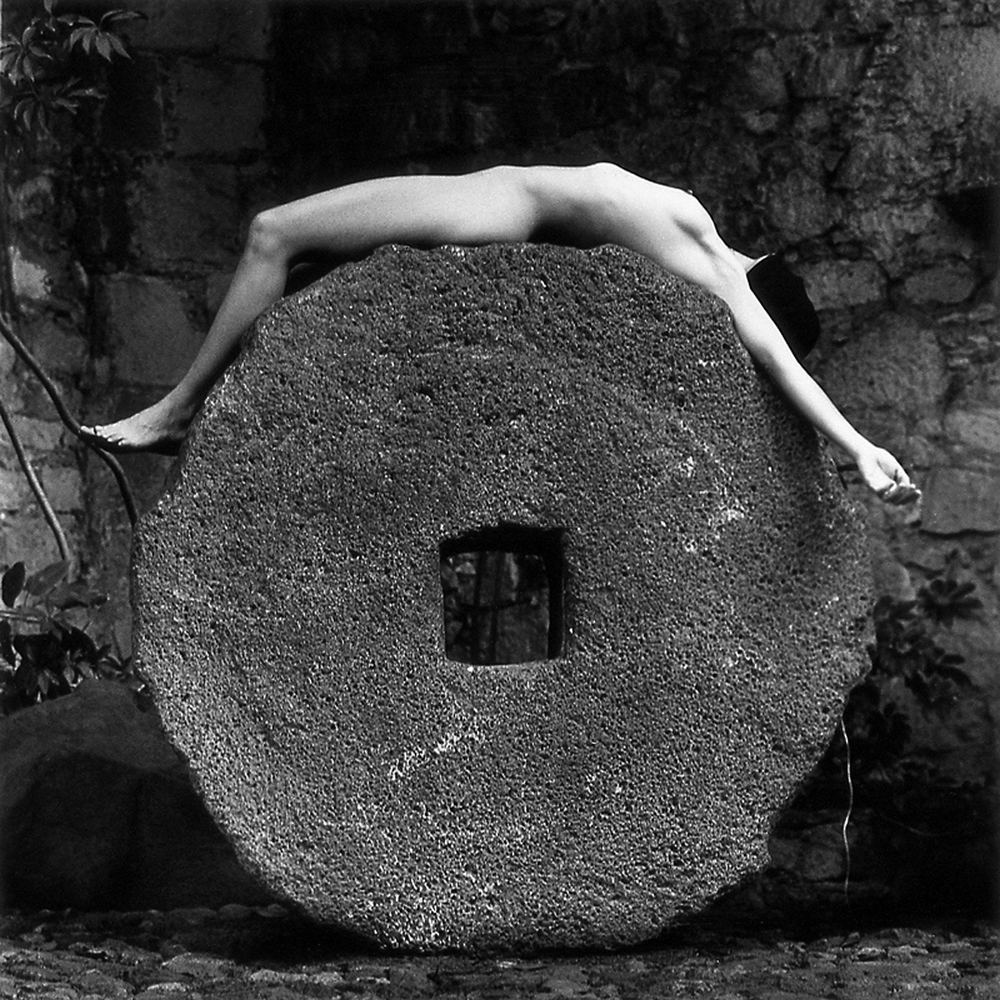
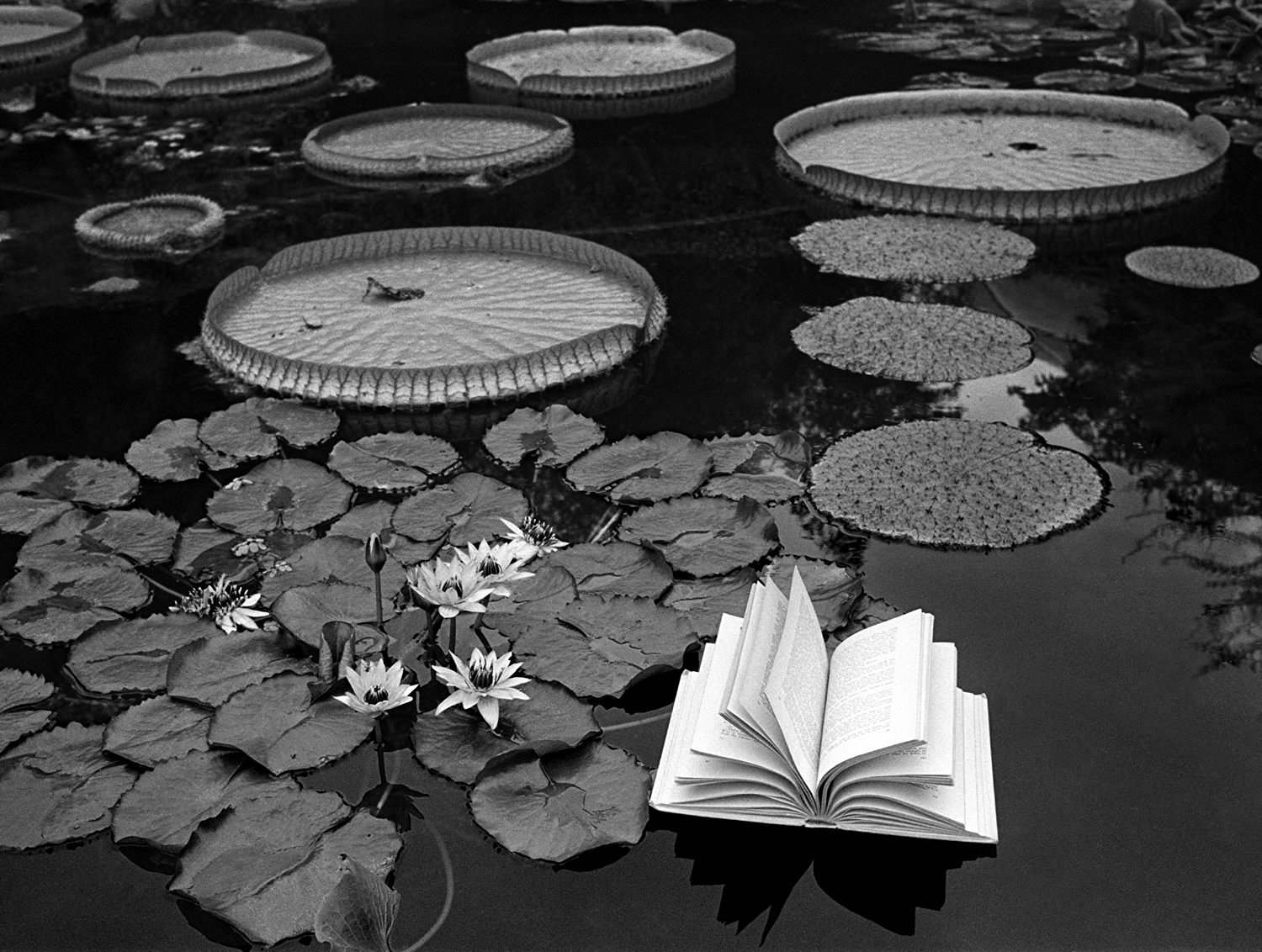
On Fears and Archetypes
Why do I photograph women, not men? It is just something that I do for art. I like men, of course, but they unfortunately don’t have all these lines and beautiful soft skin that women do. Another reason — female nature has an important place in mythology. I am not interested in just taking pictures of naked models — it is more important for me to reflect global themes in my works. Femininity, motherhood are some of them. To work with these themes, you don’t have to photograph naked women. You might as well take pictures of fruit or flowers.
I take pictures of archetypes and symbols that belong to humanity as a whole, not to a certain country. I am excited to work with one culture, then with another, and then find something that unites them.
I am scared that at some point I won’t be able to take photographs anymore. Another big fear is the fear of repeating myself. It has been with me my whole life, and I have been able to not feel it only in the past seven years. When I see the photographs I took when my fear was strong, I see beautiful pictures — it”s a pity I couldn’t enjoy them back then. I worked a lot to improve myself, I practiced introspection based on the teachings of Jung. I think that Freud was more down to earth, more limited. He created a rigid framework for himself through his opinions. Unlike him, Jung dealt with more universal topics.
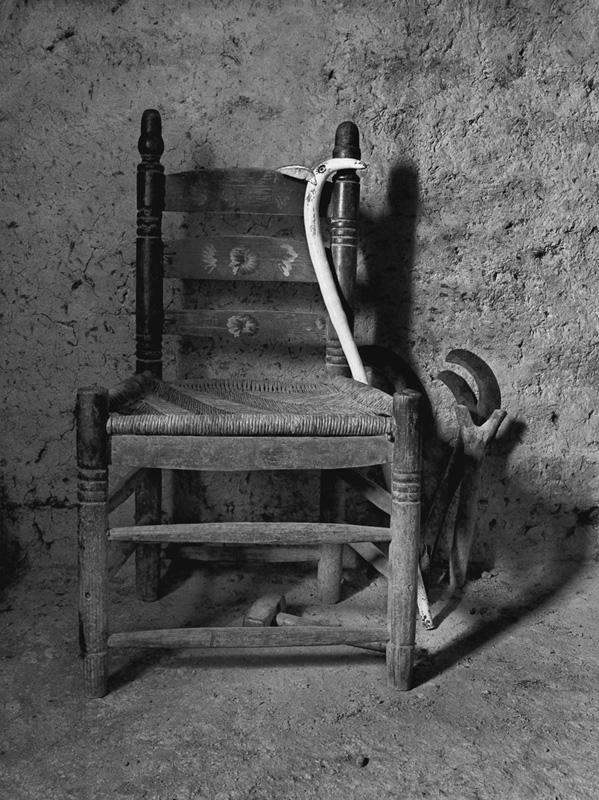
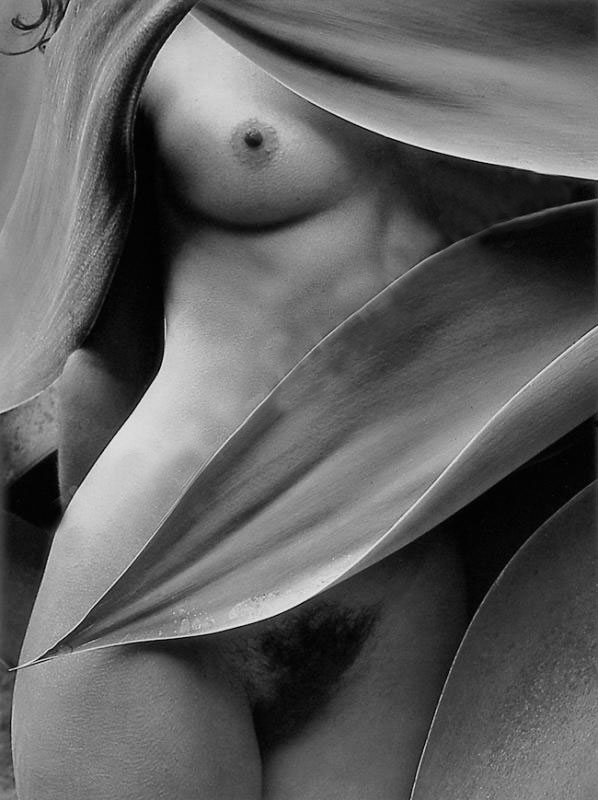
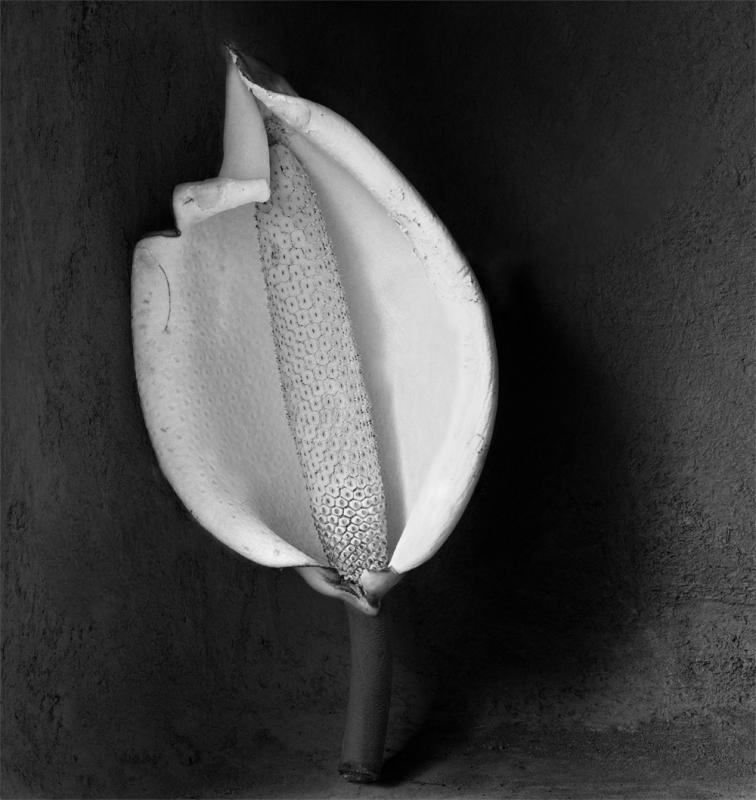
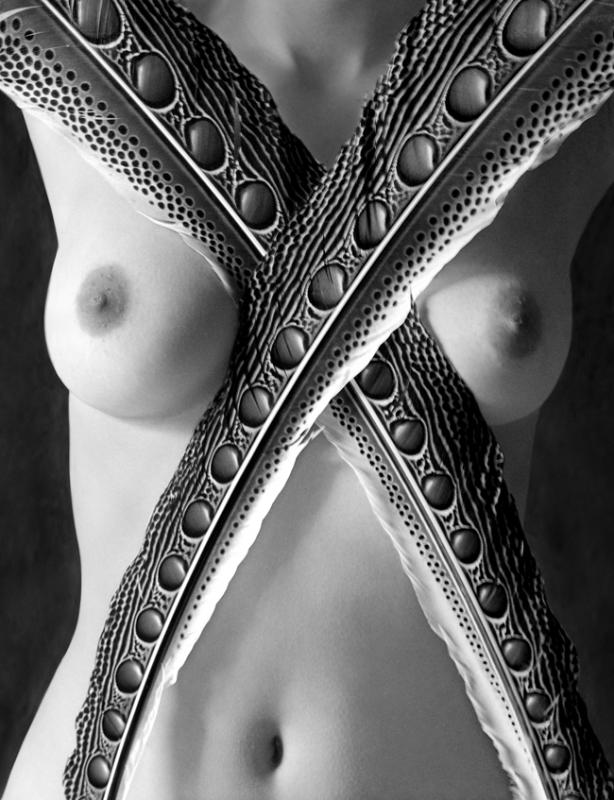
On Photography
I am very grateful to life for being able to do what I want and what inspires me. It is very cool — to take, develop, and print photographs. I need it as a personality. Of course, I sometimes think about hiring an assistant: I am getting more tired with age. I never take pictures for someone to like them. If there comes a day when approval from the audience becomes my goal, I will need to stop taking pictures.
There are good works among modern photography, such as the works of Sugimoto. At the same time, there are many things I don’t understand, such as photography that is too conceptual.
The main lesson I have learned from working with Manuel Álvarez Bravo — a man needs a goal, and a man needs to follow his goal and not get distracted. I enjoyed working with him. He helped me internalize the idea that if I want to become a photographer, I need to take interest in art in general.
I don’t know if I am an artist. Rather, I work for art. I realized I wanted to do art from about the age of five, it didn’t have to necessarily be photography. I discovered photography when I was studying the history of art. I could say that photography found me. If you are an artist, you can create with the help of any medium — photography, painting, or music. Even jewelry can be art.
Many of my photographer friends did not agree with my success. This was the main problem that I faced during my career.



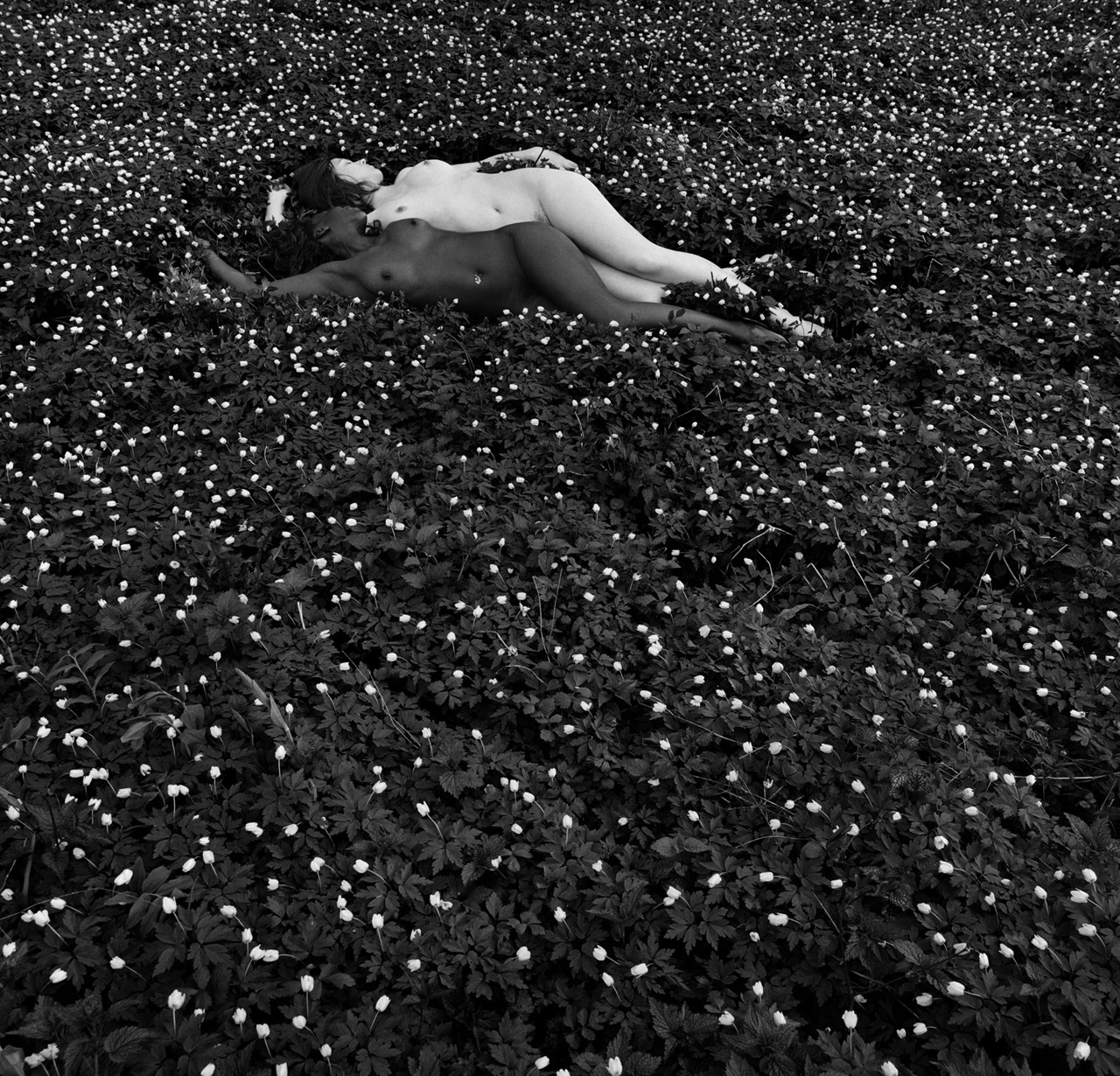
New and best
